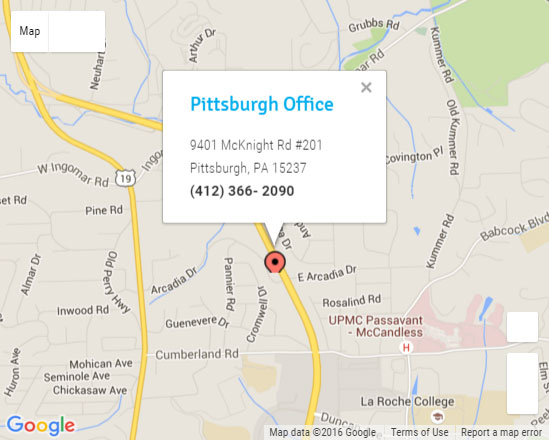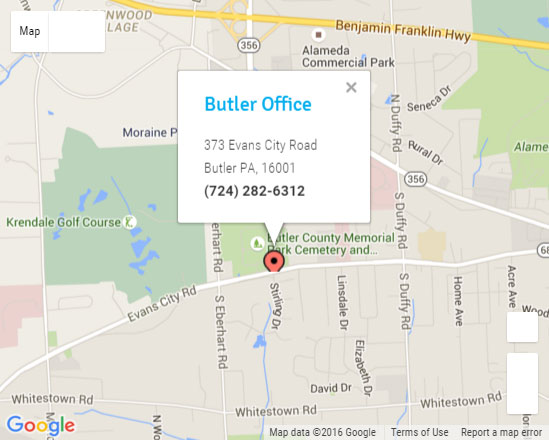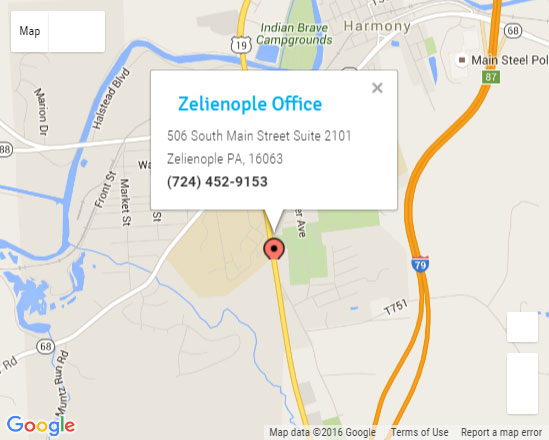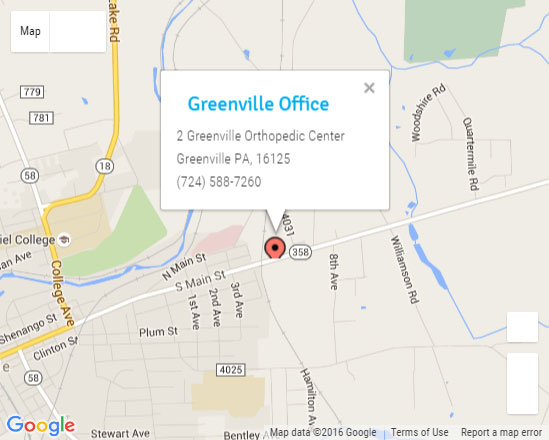Jawbone and Extraction Site Preservation
When you need to have a tooth or teeth extracted—whether it be due to decay, abscess, gum disease or injury—it is usually in your best interest to do so in a manner which preserves as much of your underlying jawbone as possible. From the time the teeth are removed, significant degeneration of the surrounding bone begins to take place. You have many options to prevent this, and it is important that you consider them BEFORE any teeth are removed. Some of these procedures are best performed at the time the tooth is removed. Drs. Dugan and Sweeney are oral and maxillofacial surgeons who specialize in tooth removal, jawbone preservation and dental implant placement.
What happens when a tooth is removed?
There is a special type of bone surrounding your teeth. This bone is called alveolar “ridge” bone, and exists solely to support your teeth. As soon as the tooth is removed, this bone begins to degenerate and “melt away.” This occurs in two dimensions. The first is loss of horizontal width caused by the collapse of the bone surrounding the socket. This makes the remaining ridge narrower than when the tooth was present. The second is a loss of vertical height. This makes the remaining bone less “tall.” This process is faster in areas where you wear a partial or complete denture.
Why is it important to preserve the bone?
You will have several choices of how you can replace the newly missing teeth. All of the options rely on bone support and bone contour for the best function and esthetics. Here is a list of the possible options:
You may choose to replace your missing teeth with dental implants. These are root-shaped supports that hold your replacement teeth. The more bone support you have, the stronger the implant replacements will be. In some cases, the bone can degenerate to a point where implants can no longer be placed without having more complex bone grafting procedures to create the necessary support. Obviously, preventing bone loss is much easier than recreating the bone later.
You may choose to replace the missing teeth with a “fixed bridge.” This is a restoration that is supported by the teeth adjacent to the missing tooth space. The replacement tooth (or pontic) spans across the space. If the bone is deficient, there will be an unsightly space under the pontic that will trap food and can affect your speech.
Other replacement alternatives include removable partial or full dentures. These often perform better with more supporting bone.
How can the bone be preserved?
There are two important phases in retaining your alveolar ridge during and after the tooth extraction. Not all extractions are the same. Drs. Dugan and Sweeney will use the most careful techniques to extract the teeth while preserving as much bone as possible. Second, and key to preventing the collapse of the socket, is the addition of bone replacement material to the extraction socket.
There are several types of bone grafting materials and techniques — Drs. Dugan and Sweeney will discuss the most appropriate one with you. After the tooth is extracted, the socket will be packed with a bone-like material and covered with a small absorbable plug or suture. Early on, the grafting material will support the tissue surrounding the socket, and in time will be replaced by new alveolar bone. This bone will be an excellent support should you choose later to have dental implant-supported replacement teeth.
Although the bone created by socket grafting supports and preserves the socket, it will not do so indefinitely. Placing dental implants four to twelve months after the extraction and socket grafting will provide the best long-lasting support for preserving your jawbone and allow you to function as before. Otherwise the graft may “melt away” or resorb over time.
Immediate Dental Implant Placement
In some selected cases it is possible to actually extract the tooth and place the dental implant at the same time. We call that immediate implantation. If you are interested in replacing your tooth with an implant and want to be considered for immediate implantation, please call Drs. Dugan and Sweeney’s office for a consultation prior to your extraction.
How much does it cost?
There is an additional charge for performing a socket grafting procedure at the time of the extraction. Charges vary depending on the tooth location and number of teeth. At the time you call Drs. Dugan and Sweeney’s office for your appointment, you should state that you are interested in jawbone preservation when your tooth is removed. Drs. Dugan and Sweeney’s staff will be happy to provide you with an estimate of the procedure cost. The final exact cost will be provided at the time of your visit prior to the procedure.




